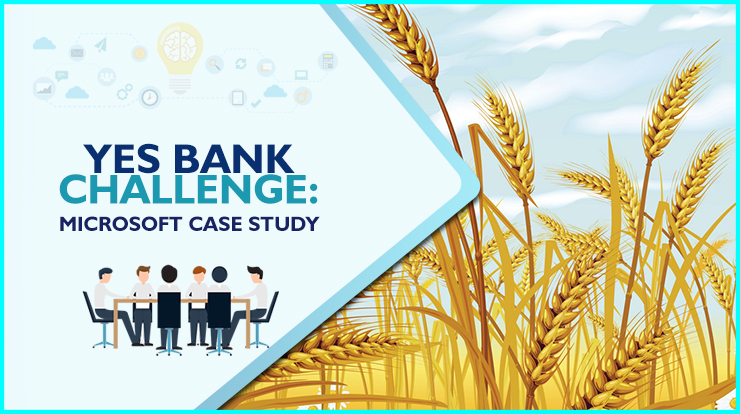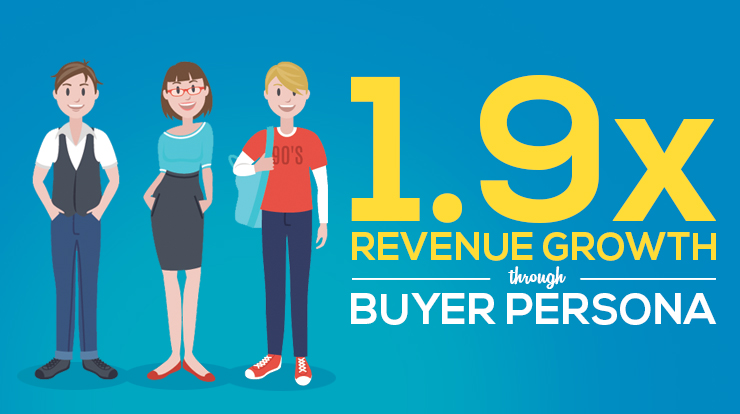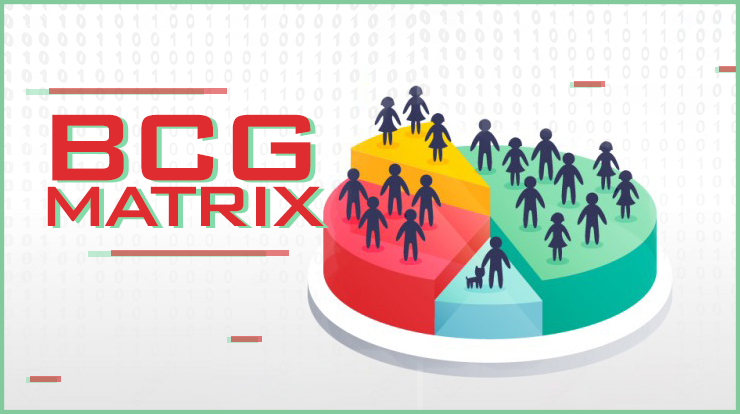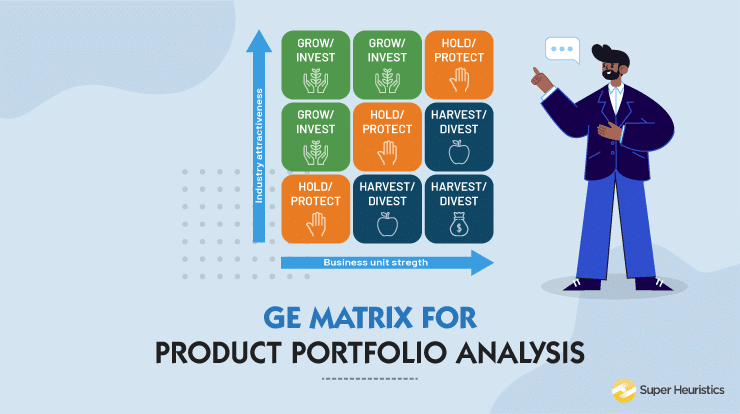
The Yes Bank Transformation Series is one of the most prestigious Case Study challenges across India’s B-Schools. This year, they have partnered with both established corporations like Microsoft, new but relatively well-established Book My Show, and the upcoming and hugely popular Coursera.
In this blog, I will take you through what I think are the essentials that will help you in making your case study more robust.
This is by no means a solution.
I did a similar article on the Amazon Case Study Challenge that took place last month. I got a great feedback about how different people were able to build some really good solutions from the few insights that I had shared.
This article is simply a helpful guide to ensure that you are thinking in the right direction and organizing your thoughts well.
If you haven’t read the case study yet, I would urge you to read this article only after you have gone through the case and have done some preliminary brainstorming in your group.
The reason why I picked up the Microsoft case study is that I was told by many students around me that this seemed to the be the toughest one of all the three. Most of them were not even opting for this one even if they are partially interested.
I saw a great potential in this case study and therefore decided to do this piece on it.
As of now I only intend to do an article on the Microsoft case study. If you want me to cover any other case study of this challenge, feel free to drop me a mail or reply in the comments sections. Mention which case study you want me to cover next.
So, let’s get started with the Microsoft case study – ‘Empowering farmers with AI to improve Incomes’.
Choose a Market
India is a diverse country, where the geography and topography change every few hundreds of kilometers. The types of soils, crops, and weather patterns etc. change from state to state.
While designing a solution, there won’t be a one-size-fits-all. You will have to tailor your solution to the region. That’s why it is important to first choose a market, and study about its topography, weather conditions, and the financial conditions of the farmers in that region.
Also, once you create a solution for one particular region you can always scale it up or replicate it to other regions.
My team was one of the campus finalists of the Cummins Case Study Competition last year which involved a similar agriculture-based case study. We created a solution keeping in mind one small district of Maharashtra and then delivered a replicable solution.
Here are some of the most important things that you must emphasize on, both in order to show your preparation as well as clear your own minds about the solution you are designing.
Soil Type
What is the most common type of soil in the geography or geographies you are choosing? This will help you in determining which crops are a staple of that particular region.
It is possible that some crops may not be as water dependant on other crops, whereas crops like rice may require intensive water usage.
Similarly, certain types of soils may be more prone to insects and pests and may have their own set of challenges.
You will have to analyze the kind of money required to fight these problems as well, and add them to the total cost of farming in order to calculate the require financials.
List of Top Crops
Here’s an idea. Make an interactive reference-based table in Excel where one can click on the type of soil and see the regions where it is prevalent, and some top crops that can grow the best in that type of soil.
Go a step further and make a ratio highlighting the investment (cost of seeds, irrigation, the salary of farm workers etc.) to the revenue, and then show which are the best picks that you would recommend. This table could be a game changer!
Land Holding Pattern
India has the second largest area of agricultural land after the USA, yet our productivity is lower than China. China produces as much as thrice the volume of fruits as compared to India.
Is the landholding pattern acting as a hindrance to productivity?
It’s important to analyze the average land holding, and whether the average land holding has got bigger or smaller over the years.
What have been the possible impacts of this trend?
Now, once you are through with research about your chosen market, you will be best able to design some dummy multivariate models by choosing some exact combinations.
For example, if you are choosing Punjab, you may choose a loamy soil, a crop like Kinnu, enter data about the average rainfall in MM, and then go about presenting your solution.
Do a Primary Research
The two biggest factors that govern the implementation of a plan are
a) The readiness of the audience and
b) Knowledge of the audience
In 2016, Mahindra War Room had a case study which wanted the students to design an implementation plan for a tractor rental service for farmers. One of my friends was a participant in that case study.
He told me that on doing a primary research, it turned out that in certain northern states of India, farmers were very reluctant to get rent a tractor and farm equipment from a brand, even if it was a known name like Mahindra. They preferred hiring it from their local agent, who they were comfortable with.
This primary data gave them enough information to design a solution where they explored the possibility of tapping into these local agents and making them dealers for Mahindra’s tractor and farm equipment rental services.
Secondly, this team designed a knowledge series for the farmers in order to get acquainted with their model.
Cost-Benefit Analysis
It is important to check the readiness of the audience because a lot of farmers may be resistant to change and may want to follow traditional methods of farming.
If that’s the case, you will have to design a simple-to-understand cost-benefit analysis for them.
This will involve taking some historic data and proving how utilizing AI-based solutions could have helped them in minimizing their losses and maximizing their farm output.
A few rough numbers will also do the job.
Present this primary data as a part of your solution, and show what you are doing to counter the resistance of farmers.
Technology
Farmers mostly use feature phones. How can you make dissemination of information related to sowing crops, tilling, harvesting etc. much more interactive for them besides sending a simple SMS?
Is there any activity that can be designed for feature phones either on call, or SMS that will make them look forward to this much more?
Hint: search for projects like ITC e-Choupal and HUL’s Project Shakti.
Probe a Similar Geography, and a different one too
There are certain equatorial countries situated in tropical lands like Africa that may display a similar agricultural, and climatic pattern as India. Probe such a geography, and see the kind of trends that have emerged in those lands in the recent past.
Have they started exporting something different? If yes, can AI be used to design a plan for growing those crops in certain regions here?
Also, study the emerging trends in countries like the US and European nations with whom India has export treaties. Very recently, cosmetics based on Aloe Gum became hugely popular in Europe.
Farmers from Rajasthan earned Rs. 25,000 Crores in total by exporting Aloe Vera to them.
Are there any new cosmetic products, health juices, or food products that may become the fad in the recent future? Is there any such emerging trend that can be tapped into?
It’s very important to have such a basis to show certain demand projections and as a result the kind of income that can be generated.
Make your Own Model
This is something that you should follow across all your case studies. Try to give a nomenclature/acronym to your entire solution or approach, and make sure that the word conveys something related to the case study.
This is pure branding. If it appeals to the panelists and sticks with them, half of your job is done!
In that case study that my friend did for Mahindra War Room’s Tractor on Demand problem, they gave an acronym called ‘UDAY’, which kind of symbolized a new beginning or awakening that the farmers would experience if their solution was implemented.
If you want me to cover any other case study of this series, mail me or drop a comment below to let me know.






